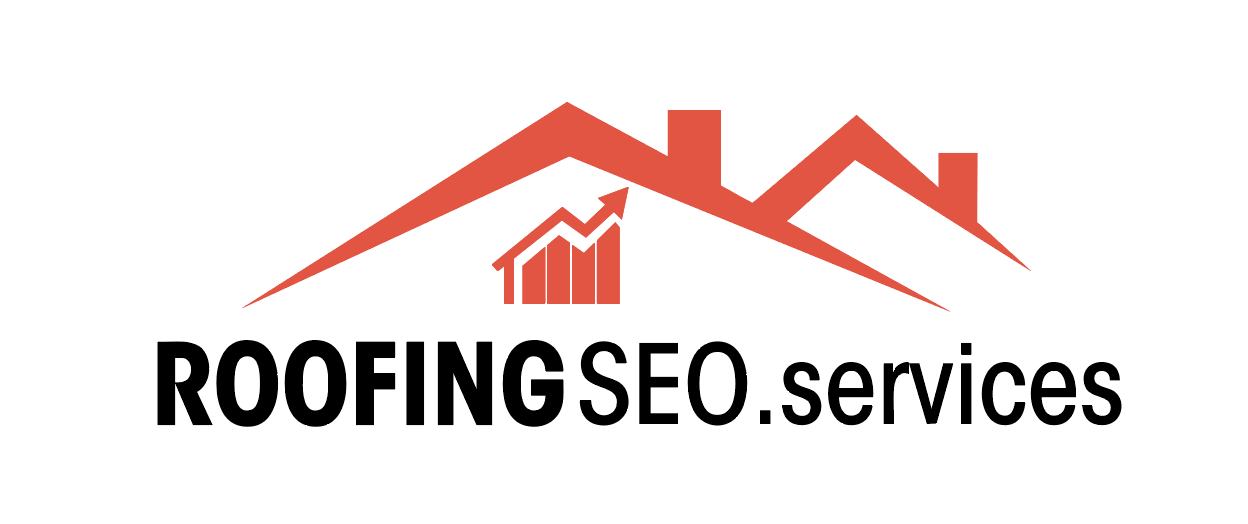Content Length Best Practices For Roofing Websites
Updated on
Published on

Roofing websites compete for attention in crowded markets. Service areas overlap, materials are similar, and pricing rarely differs dramatically. What often makes one roofer more visible than another is the quality and depth of their website content.
Search engines assess not only the presence of keywords but also how thoroughly a page addresses the topic. And, one of the ways to address any topic in debt is by writing more extensive and informational articles.

Word Count and Search Engine Optimization (SEO)
Of course, here remember that just increasing the word count is not enough. Search engines also track if people are reading the text, spending sufficient time on that specific article, to know if the text is interesting and provides high-quality information on the topic.
When it comes to content written by roofing company SEO agencies know content length is not about writing endlessly it is about matching detail to search intent. Some pages benefit from depth; others win by being short and direct. Knowing when to expand and when to stay concise makes the difference between ranking well and wasting effort.
Long-form pages for authority
Broad, competitive terms demand detail. A page optimized for “roof replacement” or “flat roof repair” must provide enough context to convince both Google and a cautious homeowner. These are the pages that establish authority and signal expertise.
Long-form roofing pages usually include:
- Clear explanations of services such as repair, replacement, and maintenance.
- Material breakdowns, covering slate, tile, shingles, GRP, or EPDM.
- Photos of real projects to show local proof.
- Warranty or guarantee information.
- Local context such as borough names, suburbs, or ZIP codes.
The sweet spot for these authority pages is often 1,500 to 2,500 words. That range provides room for detail without drifting into filler.
Short-form content for specific intent
Not every query justifies thousands of words. A homeowner searching “how long does a roof inspection take” wants a quick answer, not an essay. Concise posts can rank quickly if they resolve the query directly.
Examples of suitable short-form content:
- FAQs such as “What is EPDM roofing?” or “Do I need planning permission for a new roof?”
- Localized posts highlighting a single town project.
- Quick blogs around seasonal issues like gutter cleaning before winter.
These pieces can run 500 to 800 words while still providing full value. Their job is to capture long-tail searches and move readers toward service pages.
Making content scannable
Whether long or short, roofing content must be easy to skim. Most visitors arrive with urgency they may be dealing with leaks, storm damage, or pressure from an HOA or council. Long blocks of text drive them away. Scannability ensures they find key details fast.
Good practices include:
- Headings that match real search phrases: “Flat Roof Repair Options in Manchester” or “Shingle Replacement in Plano TX.”
- Short paragraphs of two to three sentences.
- Bullet points for material lists, warranty terms, or step sequences.
- Visual elements such as project photos or before-and-after comparisons.
These techniques keep readers engaged and reduce bounce rates, which supports rankings.
Considerations in content length and SEO
Search intent varies across markets, so content length should adapt. Ultimately the content carries with it few goals, which are to be helpful to the user in case of roofing website it is aimed so that the use can get right information quickly and ultimately from roofing contractors point of view is to convert that article into roofing lead generation mechanism. The goal of how roofing lead generation is achieved differs from country and regions for example UK and USA.
United Kingdom:
- Pages about slate, tile, or flat roofing systems benefit from long-form depth. Property owners often research materials carefully.
- City landing pages need 800 to 1,200 words with borough references and heritage notes.
- Case studies can be shorter, around 400 to 600 words, as long as they include photos and measurable outcomes.
United States:
- Weather-driven queries such as hail repair or ice dam removal demand detail—often 1,500+ words to cover causes, solutions, and insurance processes.
- Insurance support pages should be comprehensive, explaining claim steps clearly.
- Suburb landing pages can succeed at 700 to 1,000 words, with ZIP codes and local proof.
Adapting to regional expectations ensures content feels relevant, not generic.

Pillar pages vs support content
Strong roofing websites balance two content types. Pillar pages are in-depth, evergreen resources. Support content reinforces them with narrower topics.
- Pillar pages: 2,000+ words covering a broad service such as roof replacement or flat roofing. These act as authority hubs.
- Support blogs: 600–900 words answering specific questions like “EPDM vs GRP for dormers” or “How hail affects asphalt shingles.” These link back to the pillar.
This structure prevents keyword cannibalization and helps Google see your site as comprehensive rather than scattered.
Avoiding filler and repetition
Word count targets can tempt contractors to pad content with generic phrases. This weakens trust and wastes crawl budget. Instead of repeating “we provide quality roofing services” ten times, focus on details: the material used, the challenge solved, the warranty provided, or the location served.
Originality matters more than volume. A precise 1,800-word roof replacement page filled with specific examples outperforms a 3,000-word article padded with fluff.
Testing and refining
The best content length is not fixed. Analytics reveal what works. Roofing companies should monitor:
- Time on page – are readers engaging with long content or bouncing quickly?
- Conversion rate – do enquiries rise when a page is longer or when it is shorter and more direct?
- Ranking movement – does the page gain visibility after expanding content?
By tracking these signals, contractors can refine strategy rather than relying on arbitrary rules.
There is no single word count that guarantees roofing SEO success. What matters is matching length to intent. Authority pages covering major services need space to establish expertise. Quick posts addressing narrow queries succeed when concise. Both should be scannable, specific, and supported by real project proof.
For SEO for roofing contractors, the goal is not just more words but better words. Content length becomes a tool to balance depth with clarity, authority with usability, and visibility with conversion.
The right length is the one that wins the lead.







